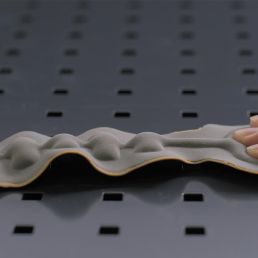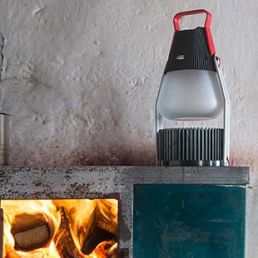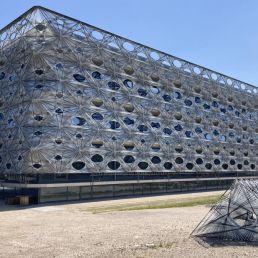
Electricity from oranges
Seville water company wants to generate energy from overripe fruits
8 March 2021
Seville is the city with the largest number of orange trees in the world. Depending on the source, there should be between 38,000 and 40,000 trees, others even speak of 48,000 specimens. The trees have been planted since the 12th century and are said to bring good luck. The Arabs brought the bitter orange to Spain. With the Patio de los Naranjos, a square in the cathedral was even named after the trees. While the pleasant scent remains in the mind of visitors to the city, the many overripe fruits on the streets and squares are a thorn in the side of city leaders. That is why the municipal water supply company Emasesa is planning to collect around 35 tons of the fruit as part of a pilot project and generate electricity from it.
50 kWh from 1,000 kilograms of bitter oranges
Emasesa’s environmental officer, Benigno López, already has concrete plans. He wants to collect the fruits in a biogas plant in the sewage treatment plant, where they ferment. The methane produced in the process can then drive a generator. “The juice contains fructose, which consists of very short carbon chains, and the energetic output of these carbon chains is very high during the fermentation process,” explains López. The remaining scraps and peel can be used as fertilizer in the agricultural areas around Seville.
According to calculations by the company, the 35 tons of bitter oranges will produce around 1,500 kWh as part of the pilot project, which corresponds to the consumption of around 150 households. With the 17,000 tonnes of oranges that fall down annually in the streets of Seville, the project could generate energy for more than 73,000 households.
Seville’s mayor, Juan Espadas Cejas, is enthusiastic about the project: “Emasesa is now a role model for Spain in terms of sustainability and the fight against climate change. Recycling the oranges will help the city to achieve the targets for reducing CO₂ emissions.” Initially, the energy is used to supply a drinking water treatment plant with electricity. Later, the surplus is to be brought into the urban power grid and increase the proportion of renewable energies in the city.
image source: Emasesa
Ecoblaq molecular wood colours
23 March 2024
Ecoblaq is a molecule manipulation method, a natural chemical reaction, making…
Natural fiber reinforced car seat
22 October 2023
The focus of the project "Design for Recycling" is a seat shell that is made…
MotorSkins morphing textiles
19 April 2022
Berlin based start-up MotorSkins designs and produces textiles with embedded…
3D Pioneers Challenge 2022
15 December 2021
The 3D Pioneers Challenge 2022 adresses tech pioneers who pave the way for…
IGNIS – Light from waste heat energy
12 August 2020
The availability of affordable, independent and, above all, clean electrical…
Brake disc with reduced fine dust
21 April 2021
Fine dust endangers our health. One of the main sources is traffic, especially…
Texoversum
15 July 2023
With the "Texoversum", Reutlingen University has put into operation a training…
Invisible Terracotta Solar Rooftile
10 May 2023
The family-run business Dyaqua has developed a technology to integrate a…
Xarvio – Digital Farming
8 January 2021
BASF Digital Farming GmbH has received the renowned Crop Science Award for the…








